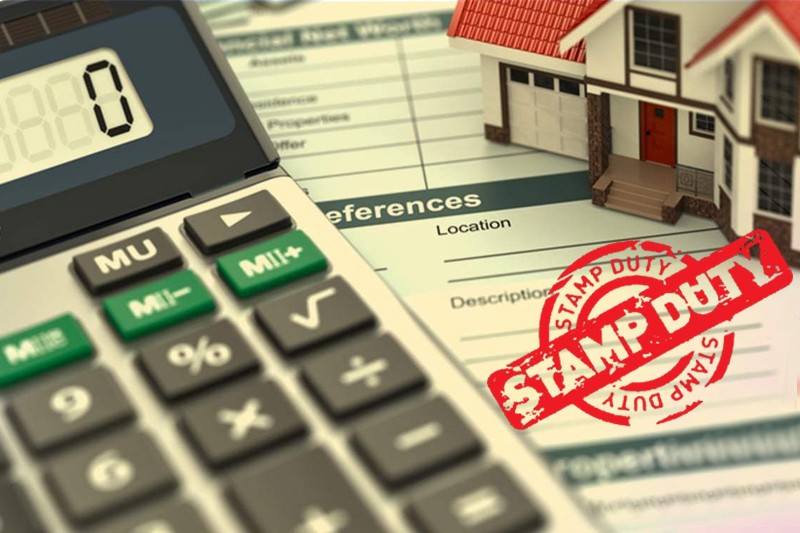* First and foremost, the Affordable Housing customer seeks a strong value proposition. Limited income and difficulty in access to credit mean that a home will most likely comprise the most important asset/biggest investment in their lifetime, and will form the starting point for the long-term welfare of their family.
A well-constructed home in a planned development with adequate sanitation, security, privacy, play areas for children, and uninterrupted water & electricity supply holds significant aspirational value for the customer, whose current living conditions are likely to be compromised. Good connectivity to places of work in urban centres and the presence of social infrastructures such as schools and hospitals are also key.
In India, while home-ownership remains a long-cherished dream for the potential Affordable Housing customer, he/she faces several hurdles en-route:
Connectivity – For Affordable Housing to be truly sustainable, both development and throughput need to be speedy and large scale. However, the lack of affordable and adequately sized land parcels in inner urban localities has driven the development of Affordable Housing to urban peripheries. This in turn often poses a challenge to the Affordable Housing customer, who requires efficient connectivity to areas of work in city business districts. The development of effective mass rapid transit systems is the solution to facilitate easy commute and reduce travel time.
Financial literacy – Unable to produce formal payslips and other relevant documentation to establish creditworthiness, EWS and LIG categories often find it difficult to secure formal housing finance. Financial assistance and financial literacy training is thus the need of the hour for the segment, and Non-Banking Financial Companies have stepped in to provide the needful assistance to such customers in securing home loans.
Cost of ownership – Lack of affordable land, various forms of taxes and levies like VAT, Service Tax, Stamp Duty etc. constitutes anywhere between 30% to 35% of the home cost, which increases the cost of homeownership. This is in addition to the inefficiencies that are brought to a project by local development rules which are more attuned to premium housing. Moreover, the lack of affordable land options within the city pushes the Affordable Housing corridors to the peri-urban areas which, when coupled with the lack of mass rapid transit systems, makes it difficult for the Affordable Housing customer to take the all-important decision of owning his/her first home. Positive intervention by respective state governments along with help from the central government will go a long way in increasing supplies within the city limits till at such time as the last mile public infrastructure like mass rapid transit,
water, electricity, sewage disposal facility, etc. is established in peri-urban areas.
PPP in Affordable Housing - A plethora of possibilities
The Affordable Housing stakeholder community is diverse and includes the Central Government, State Governments, real estate and infrastructure developers, financial institutions, urban planners and, most importantly, urban dwellers. Backed by a strong mandate of the Central Government, whose recent announcement to start building homes for the urban poor across 305 cities and towns is expected to boost the economy, the Affordable Housing segment has the potential to offer a multitude of opportunities to all stakeholders, provided there are concerted and aligned efforts in a common direction.
In this context, the private sector can play a significant role in bridging the current deficit of Affordable Housing. In an ideal PPP scenario, the public sector could look into aggregating land for projects, providing single-window and time-bound clearances, redrafting the local development by-laws to suit the requirements of Affordable Housing projects and re- evaluating the taxes and levies from the perspective of reducing the cost of homeownership for the target segment; private sector entities can leverage core competencies such as Planning & Design, Project Development, Technology best practices, Project Financing, Human Resources, Sales and Marketing.
IS 2021 A YEAR OF HOUSING AFFORDABILITY?
After the Pandemic Effect 2020, We witnessed the change in the mindset of homebuyers towards invest in home-buying than living in a rental home. Even though, Home-buying Sentiment started picking up in the third and fourth quarter of 2020 and People firmly started investing in the Homes. Also, According to several research firms, Home Purchase Affordability has improved dramatically over the Indian market. And Here’s why.
LOW MORTGAGE RATES:-
According to Real Estate Experts, Home affordability has increased in the last few years due to stagnant Property prices and improvement in household income. As Added Factor, the Mortgage rate which coming to an all-time low, sub seven per cent is one of the cause for driven affordability. This has led to savings of more than 10 % in EMI Installments and a total saving of more than 20 per cent in total interest.
OPPORTUNITY FOR MILLENNIALS:-
The Reserve Bank Of India Slashing the key lending rate as well as all-time low-interest rates have spurred many home-buyers to take the plunge. People are exploring investment in new asset classes, And Housing Provides a great option in the current scenario. Also, Low-cost loans with cheaper financing options have made buying a home much easier for young people in the present market scenario. Added to that, It also provided many millennials with the opportunity to fulfil their home-buying goal.
2021, A BUYER' S MARKET:-
With Tier-2 and Tier-3 markets becoming the focus for affordable housing projects and the government’s strong push towards initiatives around “Housing For All”. This Promising re- forms, low-interest rates and the steady shift in consumer buying behaviour towards online research and legal validation on properties make 2021 an opportune time for buyers to move towards owning their dream home.
Housing Affordability has improved considerably in 2021, and now is the best time to buy as experts negate the chances of an increase in prices anytime soon.













